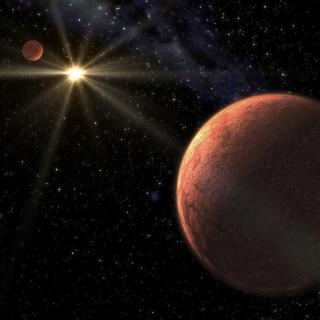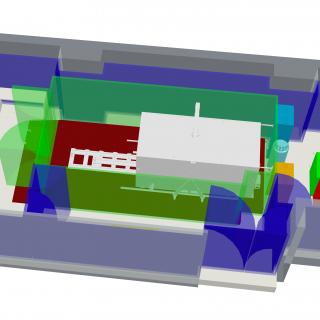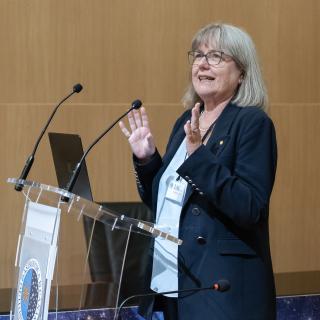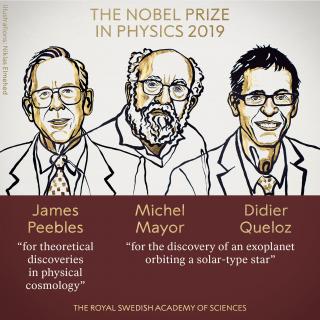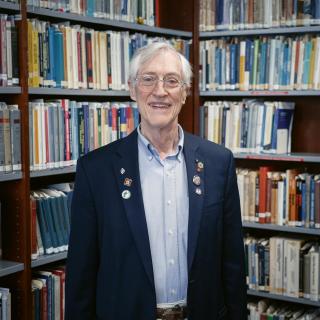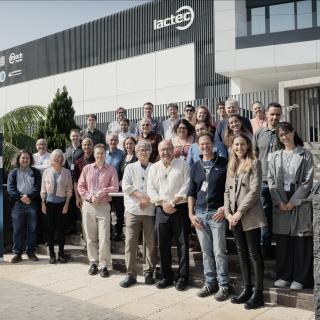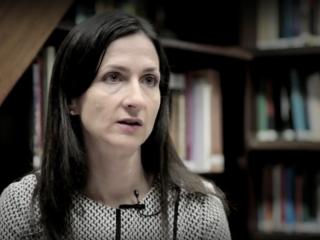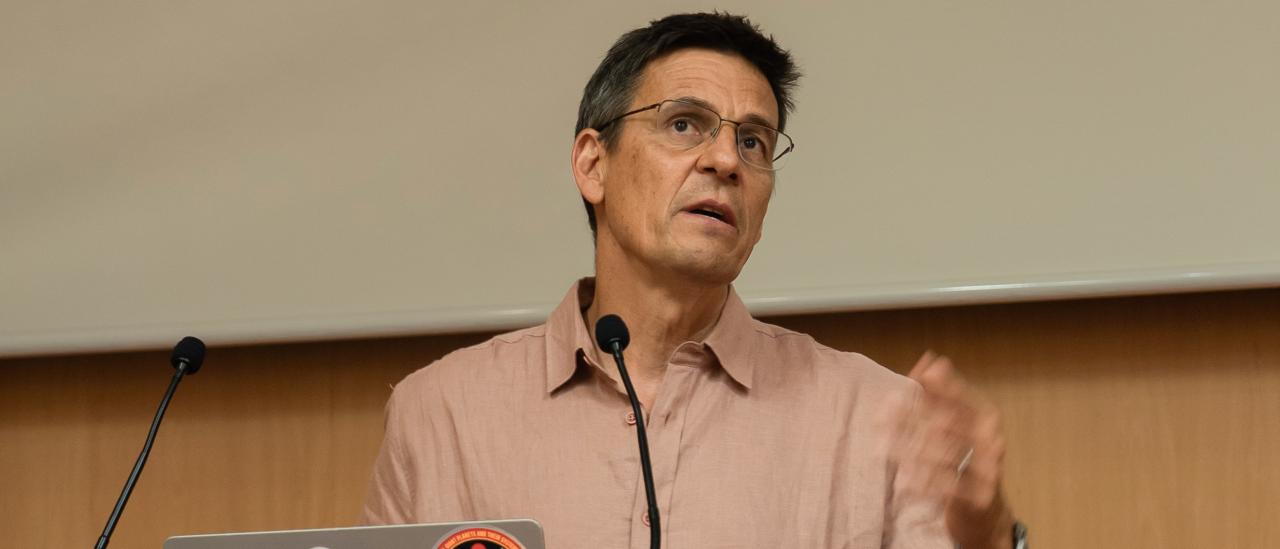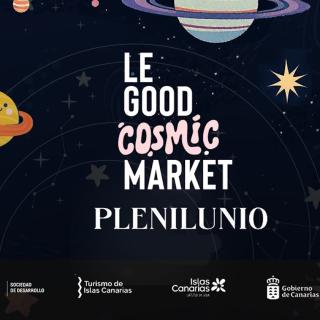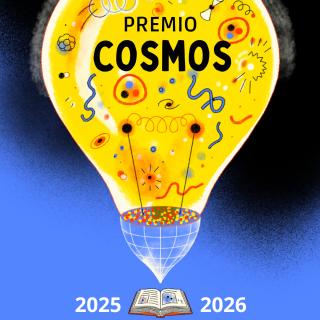The Instituto de Astrofísica de Canarias (IAC) welcomed the visit of Professor Didier Queloz, Nobel Laureate in Physics and co-discoverer of the first exoplanet orbiting a Sun-like star. Professor Queloz's stay at the IAC has focused on instrumental development and technological collaboration. As part of his agenda, he also gave a lecture entitled ‘Exoplanets: the next frontier’ in the IAC Lecture Hall.
The researcher visited the IAC to supervise the installation of a new high-stability spectrograph on the Isaac Newton Telescope (INT) at the Roque de los Muchachos Observatory on La Palma. This equipment is part of the Terra Hunting Experiment (THE) project, whose main focus is the detection and characterisation of Earth-like exoplanets around solar-type stars. In the context of this collaboration, Queloz held meetings with researchers from the Opto-Mechanics Innovation Laboratory (LIOM) to examine progress in the development of optical technologies and the integration of advanced instrumentation.
The Legacy of a Nobel Laureate
Didier Queloz received the Nobel Prize in Physics in 2019, together with Michel Mayor, for the discovery of 51 Pegasi b, the first planet detected outside our solar system orbiting a Sun-like star. This discovery, made in 1995 using the radial velocity technique and enabled by the development of a high-precision spectrograph created during his PhD, marked the beginning of a new era in modern astronomy: the science of exoplanets. Since then, more than 6,000 worlds have been identified, radically transforming our understanding of the cosmos and Earth’s place within it.
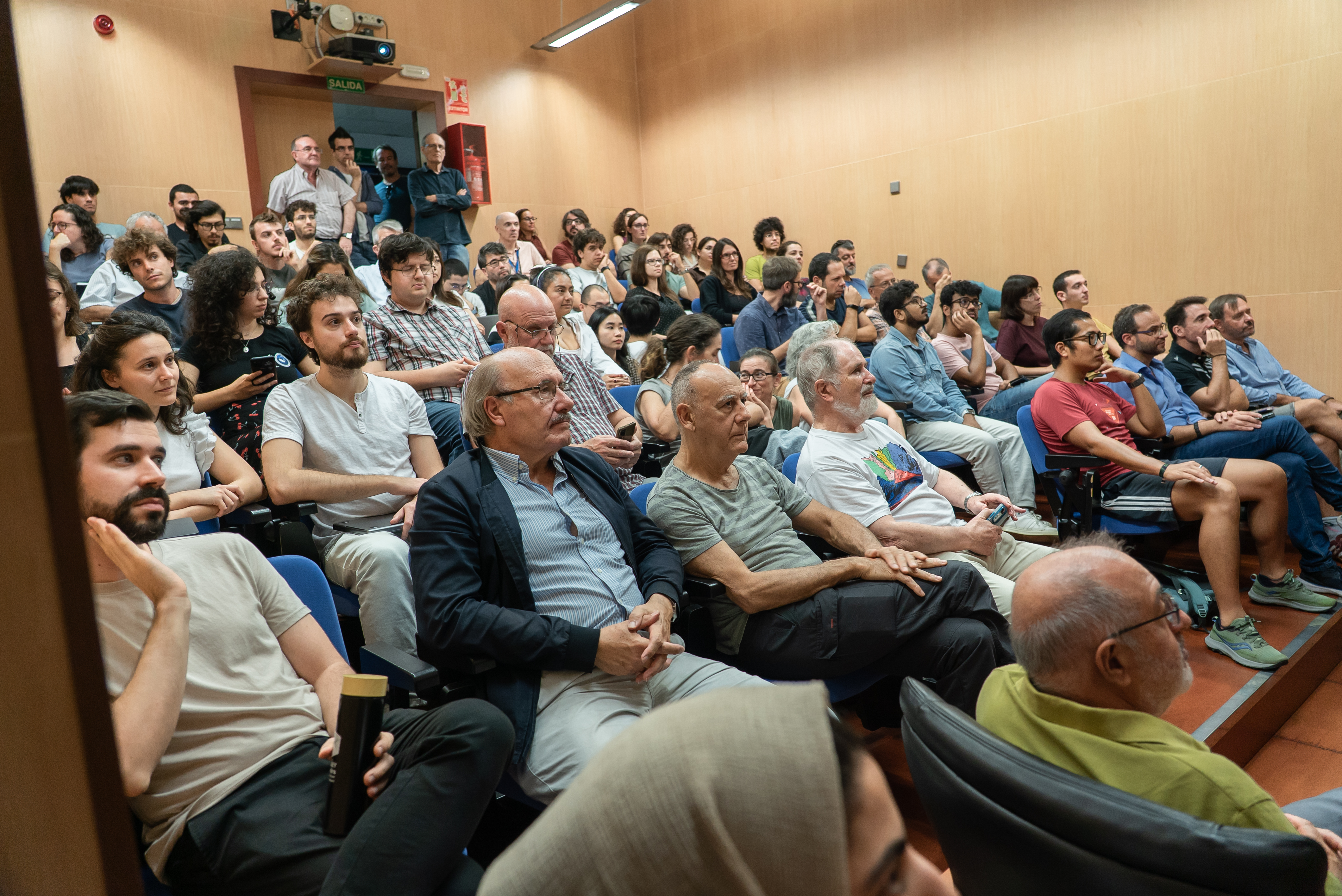
Three key ideas from his lecture
In his presentation, the scientist addressed several key ideas about the search for exoplanets. Queloz began by highlighting planetary diversity and the notion of a ‘generous universe’. ‘The universe has been generous to us,’ he said, ‘because we never imagined the enormous diversity of planets that would exist.’ The scientist explained that this variety does not imply that Earth is unique, but rather that there are multiple possible paths for planetary formation.
The scientist also highlighted the limitations of current detection techniques—such as transits and radial velocities—and the need to move towards direct imaging and atmospheric analysis methods. ‘We must move to direct imaging; there is no other way,’ he insisted, pointing out that the future of planetary astrophysics will depend on advanced optical instrumentation and new-generation telescopes.
Finally, Queloz defended the idea that life could be a natural consequence of the universe, provided that planetary conditions are favourable for long enough. ‘The search for life is no longer just astronomy, it is also geophysics and chemistry,’ he stated. He concluded his speech with an inspiring vision: ‘One day we will take a direct image of another planet like Earth, and it will be a historic moment for humanity.’
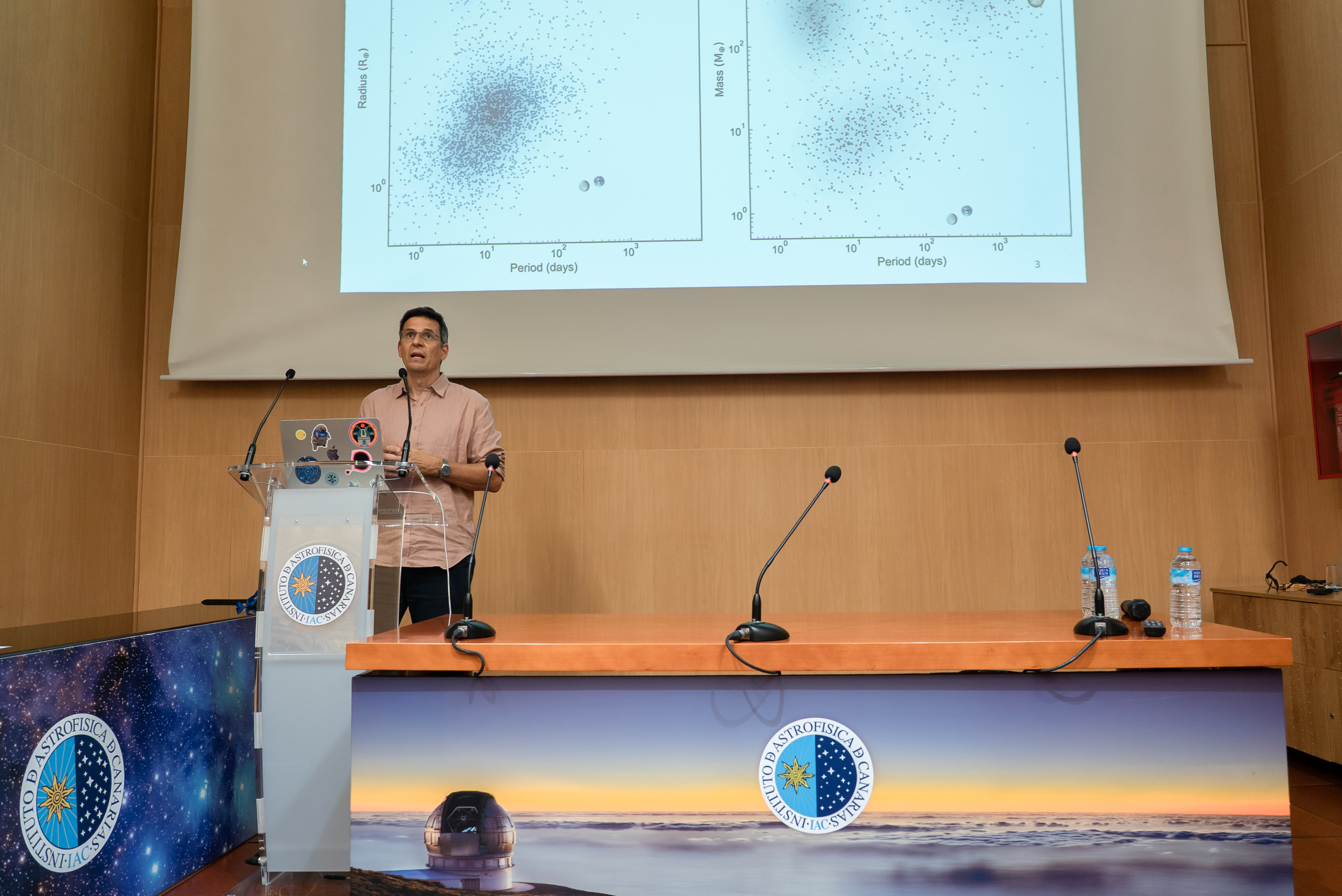
Meeting with LIOM and Technological Synergies
During his visit, Queloz held a working meeting with the team of LIOM at the IAC, where possible synergies in advanced instrumentation were discussed — particularly in areas such as adaptive optics, nulling interferometry, photonics, and artificial intelligence applied to telescope control.
The meeting coincided with preparations for the arrival of the Small ELF telescope prototype, a 3.5-meter instrument developed by LIOM to test technologies that will, in the future, enable the direct observation of exoplanet atmospheres and the search for biosignatures.
During his interaction with the technical team, Professor Queloz showed a keen interest in the challenges associated with the instrumentation, raising relevant questions about the alignment of the telescope mirrors. In this context, he referred to the SELF/ELF project as a ‘great scientific adventure’ and expressed his wishes for success to the team responsible for its development.
Didier Queloz’s visit reinforces the IAC’s commitment to frontier science, international collaboration, and the development of cutting-edge optical technologies that will bring humanity closer to answering one of its most profound questions: Are we alone in the universe?

